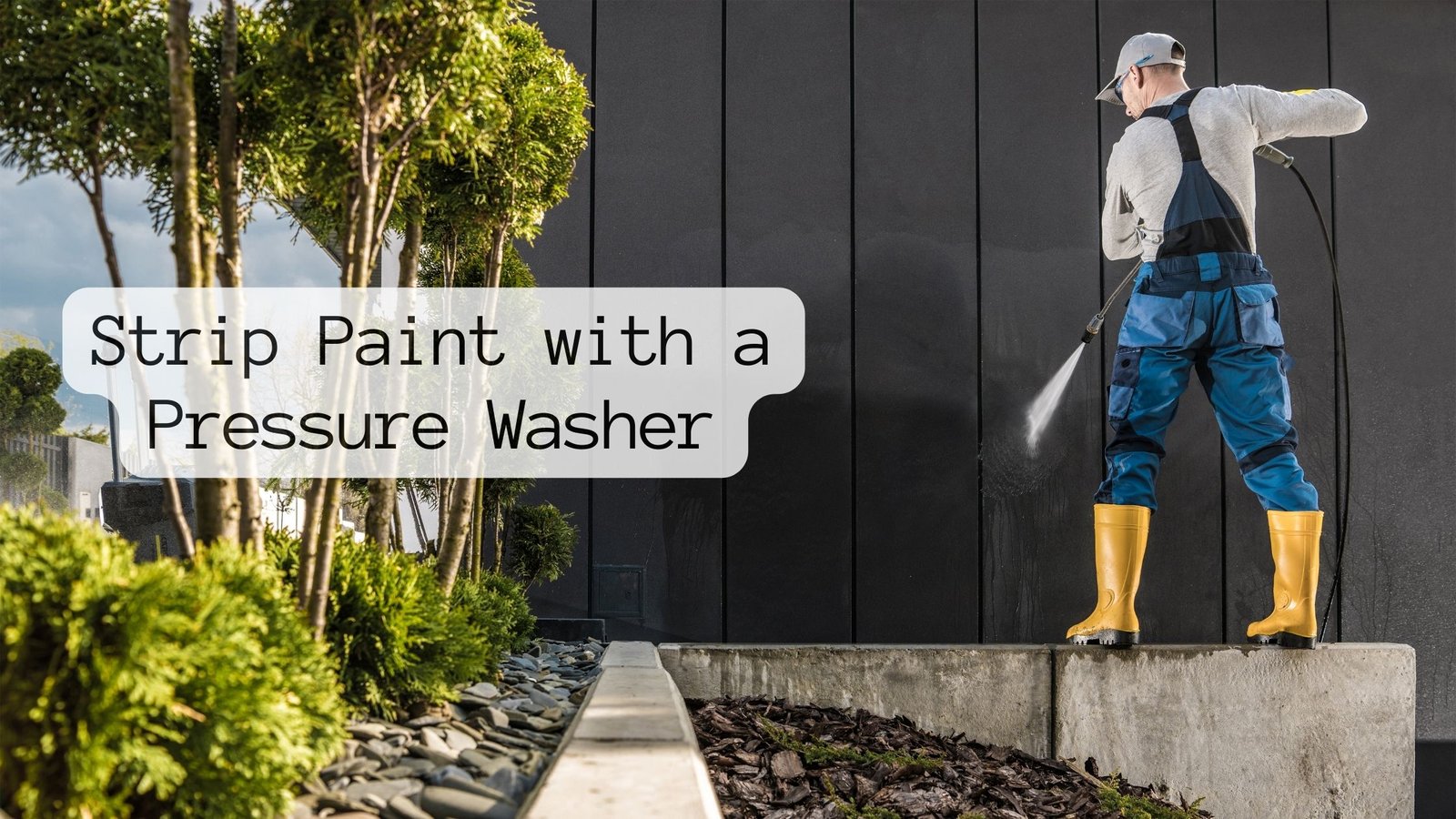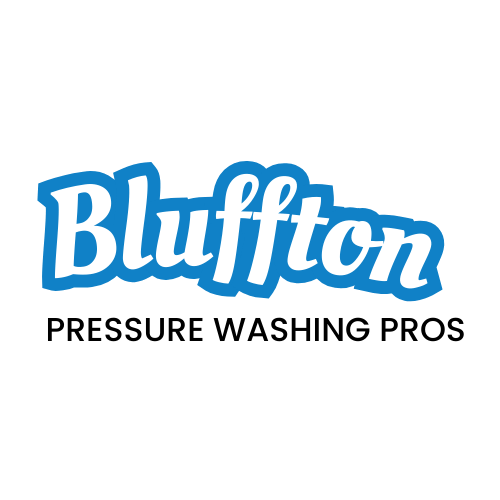
Efficient paint stripping with a pressure washer can greatly streamline your restoration projects, but mastering the technique requires attention to several critical factors.
Proper preparation of both the work area and equipment is very important, as is the careful selection of the appropriate pressure and nozzle.
By focusing on small sections and maintaining continuous movement, you can guarantee a smooth and stable paint surface.
Safety cannot be overstated, with the necessity of protective gear and awareness of your surroundings.
If you need professional help regarding removing paints using a pressure washer you can call us at – 877-749-6437. We have been providing pressure washing services in Bluffton, South Carolina, and Hilton Head Island for more than a decade and have thousands of happy clients.
What are the nuances that distinguish a proficient approach from a suboptimal one? The details that follow will clarify.
Importance of Preparation
Proper preparation is essential to guaranteeing a stable and long-lasting paint surface. It is vital to remove any peeling or flaking paint before repainting, as these imperfections can compromise the new coat’s adhesion.
Utilizing a pressure washer with a PSI range between 2,000 and 4,000 is highly effective for this task, enabling thorough removal of old paint. This preparation not only ensures a smoother application but also improves the durability of the new paint layer.
Safety precautions are equally important; wearing safety glasses and closed-toe shoes protects against debris and high-pressure water. By prioritizing these steps, you secure both a safe and successful paint stripping process, laying the groundwork for a superior finish.
Also Read:
Pressure Wash Your Two-Story House Safely
How To Clean A Deck With A Pressure Washer
Preparing the Work Area
Before beginning the paint stripping process, it is crucial to prepare the work area to prevent damage and guarantee safety. Ensuring a well-prepared workspace can greatly improve both efficiency and safety.
Follow these steps:
- Cover outdoor fixtures: Use plastic sheets or tarps to protect plants, furniture, and other items near the work area from high-pressure water and paint debris.
- Seal windows and doors: Make sure all windows and doors are securely closed to prevent water from entering the building and causing damage.
- Clear the area: Remove any loose items or obstacles around your work zone to provide a clear and safe working environment, minimizing the risk of accidents.
Proper preparation sets the foundation for a successful paint-stripping project.
Stripping Paint From Wood
Stripping paint from wood surfaces requires careful technique to preserve the integrity of the material and effectively remove old paint layers.
Begin by moving the pressure washer nozzle along the grain of the wood. This alignment helps to avoid damaging the wood fibers. It is not necessary to remove all paint layers; focus on loose, peeling areas.
After washing, scrape or sand any remaining loose paint once the surface has dried.
Patience is key, as wood surfaces often need several days to dry fully before repainting. Make sure the area is completely dry to prevent trapping moisture under new paint layers, which can lead to peeling.
Maintaining Movement
Sustaining continuous movement of the pressure washer nozzle is essential to guarantee thorough and efficient paint removal, all the way preventing damage to the surface.
By keeping the nozzle moving, you avoid concentrating the water pressure in one spot, which can cause gouging or other surface damage.
Follow these steps for the best results:
- Move-in Sections: Work in small areas, making sure each section is thoroughly cleaned before moving to the next.
- Maintain Proper Distance: Keep the nozzle 12-18 inches from the surface to control pressure and avoid damage.
- Use a Sweeping Motion: Direct the spray in a downward, sweeping motion to effectively remove paint chips and prevent surface harm.
Following these guidelines ensures both efficiency and safety.
Safety and Equipment Tips
For crucial performance and safety, it’s important to select a pressure washer with the appropriate PSI range and use the correct nozzle. An ideal range of 2,000-4,000 PSI ensures effective paint removal without damaging surfaces.
Employ the yellow 15-degree nozzle to focus the spray efficiently. Always wear safety glasses and closed-toe shoes to protect yourself from debris and high-pressure water.
Hold the gun and wand firmly to maintain control during operation. Avoid pointing the spray at people, pets, or fragile surfaces.Consistently move the nozzle to prevent surface damage and achieve uniform paint removal. Following these guidelines will help guarantee a safe and effective paint-stripping process.
